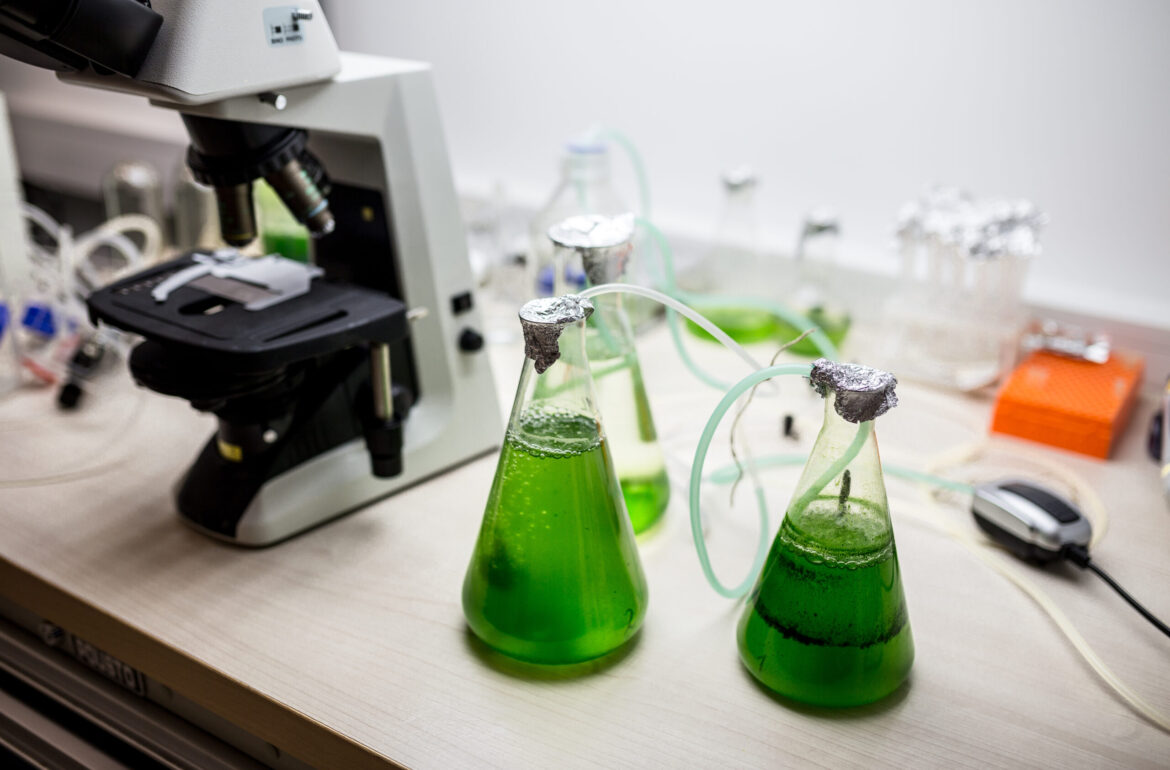How an Estonian start-up is using microscopic algae to turn CO2 into valuable products.
It almost sounds too good to be true. A means to soak up a greenhouse gas from the atmosphere and use it to help the world’s growing population feed itself. That is the promise of a process that could harness the carbon dioxide generated by heavy industry to cultivate microalgae that can then be used to produce feedstock for animals and even food for humans.
A spin off from the University of Tartu, Power Algae is one of several companies trying to mix microalgae alchemy into industrial processes. But the technology developed by Power Algae, branded ALGACAP, differs from its peers in that it is designed to cultivate microalgae right through the harsh winters of Northern Europe, when daylight is in short supply and temperatures are generally below freezing.
These “suboptimal climatic conditions” had threatened to undermine Europe’s competitive position in the fast growing microalgae market, according to a 2014 report by the Joint Research Centre on this sector. Noting Europe’s “outstanding tradition in high-quality agriculture production”, the JRC report recommended public support for research into the use of microalgae as a diversification strategy for food and feed inputs, as the continent tries to mitigate climate change.
“Sequestrating CO2 from flue gas is done in a couple of places using different technologies, but there is no conclusive, dominant design – an optimal solution has not been found,” says Liina Joller-Vahter, CEO of Power Algae and a lecturer at the University of Tartu. “The main challenge is to make it commercially viable.”
Read the full article in Science|Business.
The publication of this article was funded by the European Regional Development Fund through Estonian Research Council.
 Back
Back



